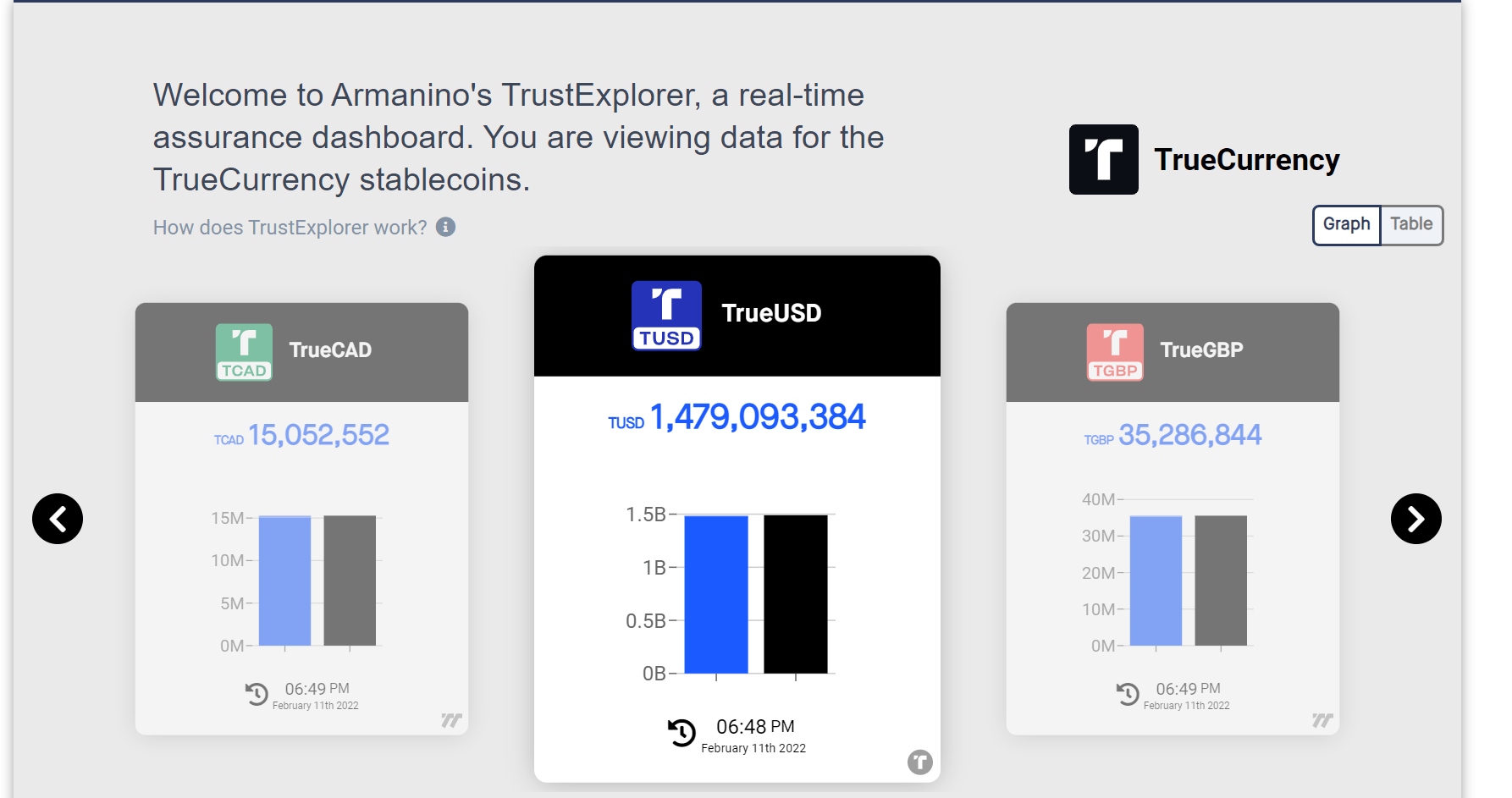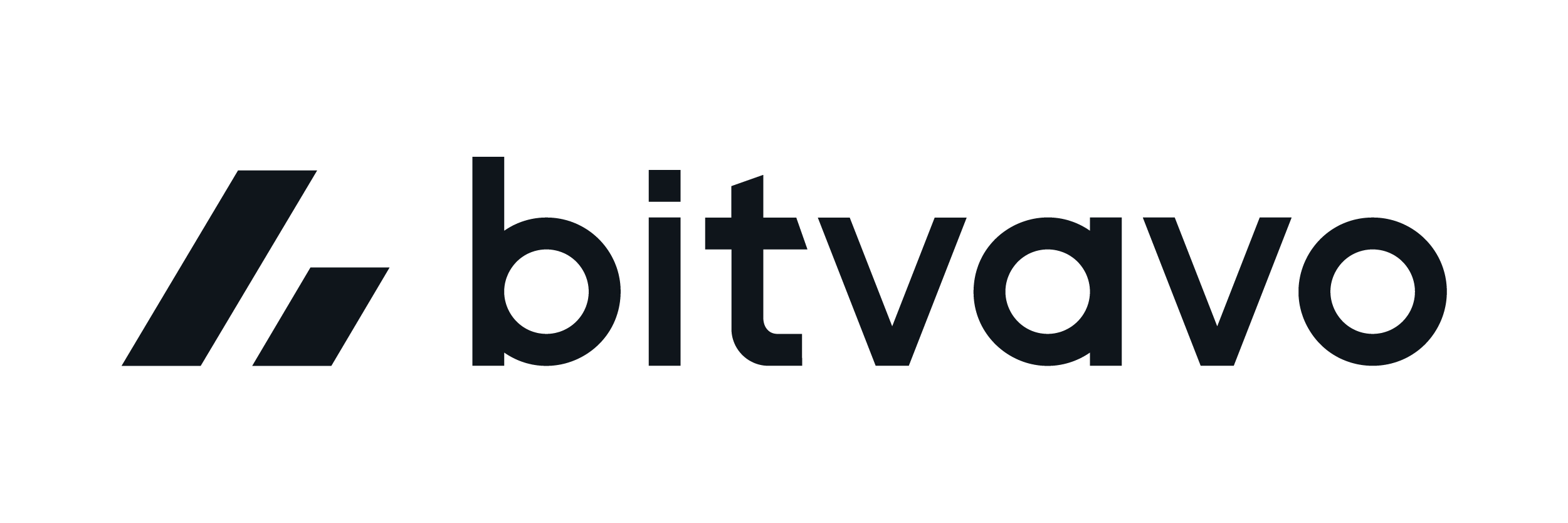Welcome to this post, where we are going to see the main differences between USDT and USDC, and which is the best option.
To do this, we will highlight the most important information of each cryptocurrency separately, such as their risks and advantages. The most important thing in a stablecoin, as it is in these two cases, is that it maintains its price equivalent to $1 and there are guarantees that it will maintain this value.
The last thing you want when using a stablecoin is that it does not maintain its value and does not have enough cash to maintain this value. Since, each stablecoin must be backed by 1$ or some liquid financial asset, to give security to users to use that stablecoin instead of another. Therefore, let’s go over those aspects to look at, and to take into account in each one of them.
USDT
USDT or Tether is the top stablecoin with ranking 3 in market capitalization and most used at the moment. It is only recently, that strong competitors have started to appear in the top 10 being a stablecoin like USDC, but a year ago, USDT had a great dominance over the other stablecoins out there.
The company behind USDT is Tether Limited and that was long linked to Bitfinex, one of the leading cryptocurrency exchanges. The company is based in Hong Kong, and therefore does not have so many regulatory requirements as it is not in a country like the United States or European countries. We will discuss the aspects related to USDT and Bitfinex later on.
Treasury

USDT’s treasury can be found on their website, at transparency. Here you can find all the information, and external audits on their balance sheets, the amount of USDT circulating and the amount of reserves they have. 84.25% is cash and cash equivalents and other short-term deposits and commercial paper, 5.22% in corporate bonds, funds and precious metals, 4.99% in secured loans and 5.54% in other investments.
Regarding the 84.25% of cash and cash equivalents, we have 52.51% in commercial paper, 33.35% in treasury bills, 12.42% in cash and bank deposits and 1.72% in money market funds.
You can find the balance in each network of its stablecoins, in addition to USDT, EURT, CNHT and XAUT. The % that have been commented is at the time of writing this article and may vary, so I recommend you also consult that section to learn more in detail the treasury that backs USDT.
USDT Supply

Another relevant aspect is the growth of the USDT supply, where we can see the market capitalization to know how many USDT are in circulation. If there are 78 billions (American), it means that there must be support for those 78 billions USDT in circulation. What is interesting is to see the market capitalization and its evolution, to see if it has a very fast growth and there is a large supply of USDT, to see if there is backing or they have just created more USDT without a real backing. So seeing if there is an increase in their supply is also a factor to look at.
Advantages
Let’s take a look at the main advantages it can present and the risks USDT has as stablecoins if we can compare it with others, so you can get a better idea of its strengths and weaknesses. Starting with the good.
One of its main advantages is that it has been around since 2014, and is still the leader in the stablecoins market. Being used in all centralized exchanges to buy other cryptocurrencies. So it has a great importance in the entire cryptocurrency market, both in liquidity and in its use in different functions, either centrally in exchanges or decentralized.
Another positive aspect is the great liquidity that you find in many different networks, being the stablecoin that is available in more networks and you will be able to use.
For the time being, despite having many news and doubts that we will now comment, it has not failed and has continued to grow its USDT offer and use throughout the world of cryptocurrencies, despite raising many doubts. So, historically, it has more run than any other stablecoin, and with a volume of daily and total use, much higher. Which is also an advantage, knowing how to keep its price linked to the dollar with so much market capitalization, and so much liquidity of the token spread across different networks and platforms.
Risks
Let’s go with the aspects that pose a risk to USDT and that may create certain doubts in using this stablecoin with respect to others.
The first is the controversial case of bitfinex and USDT, where there are many accusations that USDT was created out of nothing to cover a hole in the Bitfinex Exchange, and that USDT was used to inflate the price of Bitcoin. We won’t go into too much detail, but if you have more interest, I recommend watching news regarding this topic.
The other negative aspect is the lack of transparency. Despite being audited, being a company in a country with few regulatory requirements, there are many doubts about the company that has audited tether and if they really have the support they claim to have. Since they have not authorized U.S. government entities to review it or use another auditing company, and this creates several doubts as to whether the support is real.
Regarding the backing, a large part is in promissory notes or commercial papers, and this creates doubts because it is unknown which companies have the promissory notes or commercial papers backing USDT as part of the treasury. And IOUs or commercial paper account for 44.5% of the total reserves held by tether.
Another disadvantage that we have been able to see in some of the sharp falls, is that it does not hold the peg or its equivalent value to the dollar as perhaps other stablecoins. Seeing USDT with a price of 0.95 at the lowest moments, although later with a great fast recovery. Although it is at times of high volume and very large declines, the fact that it falls as much as 4-5% and other stablecoins hold up better is also a risk to consider if there are again sharp declines and if USDT will be able to maintain its peg to the dollar.
TUSD
TrueUSD or TUSD became more popular from mid-2021, with a large increase in its supply and more usage in its stablecoin, entering the top 10 most used stablecoins. Although it has been around since 2018, it has been in this period that it has grown and become a stablecoin with more than 1 billion market cap.
TUSD is a stablecoin with reserves that ensure 1:1 conversion between TUSD and a dollar. With regulation in American institutions, which gives a lot of security and confidence to users of this stablecoin.
TUSD has the trusttoken company behind it. A company with offices in Asia, the United States and Europe focused on the TUSD stablecoin and other stablecoins, in addition to truefi, a collateral-free lending platform. Although the most relevant is TUSD, and the other stablecoins they have, such as TGBP, THKD, TAUD and TCAD at the moment. Bringing stablecoins of new currencies outside the dollar, something very useful for some users, being able to have a stablecoin of their own currency, and not always link everything to the dollar in stablecoins.
Treasury
TUSD, as we have mentioned, is a stablecoin with reserves that has the company behind it, in this case trusttoken to guarantee its 1:1 balance with the dollar. In addition to being supervised and regulated by American entities as we have seen, which is registered with the MSB (Money Service Business).
In addition to being supervised by an auditing firm to verify that the funds correspond to the amount of TUSD in circulation, in this case, the firm is Armanino. Who has the function of monitoring the bank accounts to confirm that there is the amount of dollars equivalent to the amount of TUSD in the market.
In order to view it, we can go to their official website, if we scroll down we will see a menu. Here you will see view attestations, click there. You will be able to see a real time report, with the amount in the bank accounts and in circulation of TUSD, and other stablecoins of other currencies.
You can click below on download report to see a more concrete report and information. The report can be for a single stablecoin, or for all of them. In the case of TUSD, we can see what the amount in bank accounts refers to, and they are cash and cash equivalents in US dollars that include short-term investments of high liquidity and sufficient credit quality that are easily convertible into known amounts of cash. Cash equivalents are carried at cost, which approximates fair value, or cash value. In all cases, cash equivalents and other instruments are recorded at cost, which approximates fair value, or cash value. So they have very liquid assets as reserves, which is not a problem or risk.
TUSD Supply
Another relevant aspect is the growth of the TUSD supply, where we can see the market capitalization to know how many TUSD are in circulation. If there are 1.5 billion (American), it means that there must be support for those 1.5 billion TUSD in circulation. What is interesting is to see the market capitalization and its evolution, to see if it has a very fast growth and there is a large supply of TUSD, to see if there is backing or they have just created more TUSD without a real backing. So seeing if there is an increase in their supply is also a factor to look at and verify that it has been audited and verified that there is the same increase in the company’s bank accounts.
Advantages
Let’s take a look at the main advantages it can present and the risks TUSD has as stablecoins, so you can get a better idea of its strengths and weaknesses. Starting with the good.
The main advantage is the regulation and guarantees that this stablecoin has, with respect to others, which have not been externally audited or regulated by a government such as the United States. It is ideal for users who are looking for guarantees and security in a stablecoin, with reserves and who can verify through an auditing company all the information.
On the other hand, we have seen that it has remained very well linked to the price of the dollar, even in recent falls, which has not happened with other large stablecoins, which reached 0.96, although for a short time. In this case, TUSD did not dip below 0.99 at any point in the fall. Although this is a positive aspect, we must also consider that the volume of TUSD with USDT or USDC is not comparable, and although TUSD held its price linked to the dollar very well in the fall, it does not mean that by growing and having more TUSD in circulation the same thing will happen. It is very different to have 40 billion (American) of your stablecoin, than 1.5 billion (American) to control market falls.
Risks
Let’s go with the aspects that pose a risk to TUSD and that may create some hesitation in using this stablecoin compared to others.
The main risk is the short time it has been around, if we compare it with USDT or older stablecoins. Appearing in 2018 and not having a really significant volume until recently tmepo. So, being a newer stablecoin, it remains to be seen how it acts and behaves in times of uncertainty or large market drops.
Another big risk is the centralization and control that TUSD has compared to other stablecoins. Being so regulated and guarded by a company, it generates distrust in case the US government or the company itself wants to control or limit any aspect related to TUSD. Although it is a positive aspect the regulation for its guarantees in aspects such as treasury, they also go against many of the principles that the world of cryptocurrencies has, which seek to avoid the control and power of the states.
Also, it must be taken into account, as we have commented in the advantages, it has a very small offer if we compare it with USDT or USDC. So, it is another risk to see if it will be able to maintain its value linked to the dollar in a stable way in falls or bad market situations as it is growing and there are more TUSD in circulation, in many different platforms and exchanges, and different networks.
Summary
To conclude, let’s summarize the strengths and weaknesses of each one so that you can choose. Keep in mind that, in a stablecoin, what is most important and relevant is that it maintains its price at 1$, and that it has treasury in case something happens, to be able to recover your USDT or TUSD in dollars.
In the case of TUSD, we have much more guarantees about the reserves of the token and its value with the dollar. While USDT has more years in the market, and much more supply of its token in circulation. They are stablecoins with a very similar format, where there is a company behind with reserves that guarantee its value, but with more regulation and supervision in the case of TUSD.
I hope it has helped you to know in more detail how USDT and TUSD work and all the backing and information behind each one. Remember that if you don’t have an account with binance, you can create one just below.
Platform: Binance
Min. deposit: $10
License: Cysec
Very low commissions
Exchange with more cryptocurrencies




